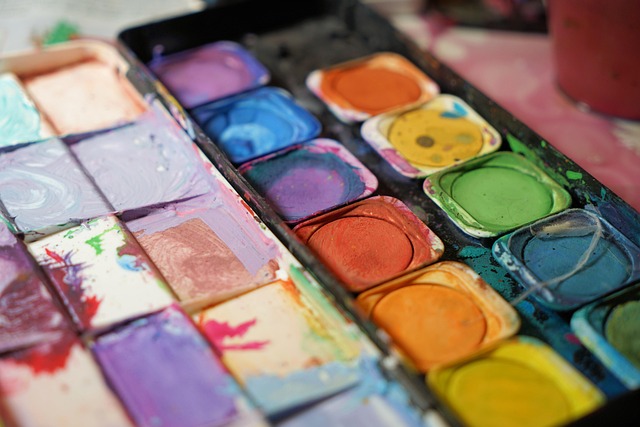In an age dominated by rapid technological advancements and digital supremacy, it’s easy to overlook the beauty and significance of old crafts. These time-honored practices represent not just skills, but a deep connection to our cultural heritage, and they are increasingly being embraced by modern artists and designers looking to infuse authenticity into their work.
Art and design are often seen through the lens of contemporary trends, where sleek lines and digital interfaces take precedence. However, there is a growing movement that seeks to revive traditional techniques, blending them seamlessly with modern aesthetics. By reintroducing old crafts into graphic design, creatives are not only honoring the past but also enriching the present with stories and processes that resonate deeply.
Imagine a graphic designer incorporating hand-printed elements into a digital layout. The tactile quality of the print—a result of painstaking hours spent carving, inking, and pressing—adds an organic feel that’s often lost in digital creation. This fusion of techniques can transform a simple piece of artwork into a visually arresting narrative that connects the viewer to the craftsmanship involved.
Many artists are rediscovering skills such as woodblock printing, pottery, weaving, and paper-making, utilizing them to create contemporary graphics that celebrate the beauty of handmade items. These old crafts not only enhance the visual appeal of designs but also carry emotional weight, evoking nostalgia and a sense of belonging. When audiences interact with these pieces, they experience a warmth that digital-only art often struggles to convey.
Furthermore, this revival challenges the notion of what constitutes ‘design’ in our modern world. It elevates the appreciation of imperfection, recognizing that every handmade creation is unique due to its human touch. This aspect of old crafts encourages consumers to value the process over mere consumerism, appreciating art as a labor of love rather than a mass-produced commodity.
The intersection of art and design through the lens of old crafts invites us to reflect on our own connections to these traditional practices. Whether it’s through the pieces we adorn our homes with or the graphics we engage with online, every work that incorporates a piece of history offers a bridge to the past. In this way, we are not just spectators but participants in a larger narrative that honors craftsmanship, creativity, and cultural significance.
As we continue to explore this integration of old crafts in modern graphic design, it’s clear that the handmade will always have a place in the digital realm. Embracing these traditional practices not only enriches our artistic landscape but also reinforces the importance of stories, skills, and the human experience behind each creation.




